Tekkonkinkreet - A Symphony of Childhood Chaos
Tekkonkinkreet│© Studio 4°C & Sony
Some anime entertain, some anime provoke, and some anime can’t be placed in a box. Tekkonkinkreet stakes a claim in the liminal spaces of your psyche. This almost 2-hour visual trip is a neon fever dream, a melancholic ode to childhood, and a sharp critique of urban decay, all rolled into one.
Adapted from Taiyo Matsumoto’s manga of the same name, Tekkonkinkreet is, at its heart, a story about two boys, Black and White, who traverse the precarious tightrope between innocence and brutality. Their playground and battleground is called Treasure Town, a city as unstable as its inhabitants. A labyrinthine sprawl of rusted metal, faded banners, and graffiti-smeared walls
But let’s not get ahead of ourselves. First, let’s talk about Michael Arias, the film’s American-born director, a man who waded into uncharted waters as the first foreigner to direct a major anime feature in Japan. Known previously for his work on The Animatrix, Arias brought a unique blend of technical wizardry and outsider perspective to Tekkonkinkreet. Imagine George Lucas stepping into Hayao Miyazaki’s studio—a collision of visions that shouldn’t work but somehow does.
A City as a Character
Treasure Town is the breathing heart of the movie. Art director Shinji Kimura, fresh off his work on Otomo’s Steamboy, poured years of effort into creating this urban maze. Each frame is dense with details—a hand-painted masterpiece that’s equal parts early Showa nostalgia and looming dystopia.
In Treasure Town, we see a reflection of Black and White themselves. The city’s decaying grandeur mirrors the boys’ fractured innocence, while its chaos echoes their boundless imagination. And when the Yakuza-funded redevelopment project looms, threatening to erase this anarchic haven, it becomes an existential threat to the city Black and White call home. Gentrification, as the film quietly suggests, is the real antagonist here, the cold, unfeeling force that crushes individuality beneath glossy facades.
Tekkonkinkreet│© Studio 4°C & Sony
The Yin and Yang of Childhood
Black and White are a walking metaphor for what it means to grow up. Black, the tough, no-nonsense protector, is all sharp edges and past trauma. He’s the kid who’s seen too much and built a fortress around his feelings. White, on the other hand, is pure imagination—a daydreaming, watercolor soul who’d rather lose himself in a fantasy than face the real world.
Together, they’re the perfect balance. Black keeps White grounded, stopping him from floating off into his own little universe. White pulls Black back from the brink, keeping the darkness from swallowing him whole. It’s a symbiotic relationship, but it’s also fragile, like balancing on a knife’s edge.
Their names aren’t subtle, but they’re spot on. Black is all shadow and grit, the city’s underbelly made flesh. White is the light, the spark of innocence that keeps the shadows at bay. They’re yin and yang, two halves of a whole that can’t exist without each other. But, like childhood itself, their bond can’t last forever.
Blurring the Lines
Shinji Kimura’s art direction takes the cityscape of Tekkonkinkreet and turns it into a chaotic mashup of pan-Asian influences. Picture Tokyo’s alleys colliding with the heights of Hong Kong and the old-world charm of Istanbul. A mashup that gets you the multicultural patchwork that feels like a city that’s lost its grip on reality. It’s the perfect backdrop for a story about misfits and dreamers searching for their place in the madness.
The visual style channels the raw, unpolished energy of Taiyo Matsumoto’s original manga, as if the pages themselves have been set loose on screen. It’s got that loose, sketchbook-like quality that Matsumoto fans will instantly recognize, especially if you’ve seen his other works like Ping Pong.
And then there is CGI. Tekkonkinkreet is a masterclass in blending traditional animation with cutting-edge CGI. Arias and Studio 4°C achieve a seamless fusion, avoiding the “gimmicky CGI shot” trap that plagued so many early 2000s productions. Instead, The camera moves like a dream, swooping through Treasure Town’s streets and rooftops like it’s alive.
Tekkonkinkreet│© Studio 4°C & Sony
Sound as a Soul
No discussion of Tekkonkinkreet would be complete without mentioning its score by British electronic duo Plaid. Their ethereal, otherworldly music burrows into your subconscious, making Treasure Town feel even more alive. It’s the kind of score that sticks with you, long after the credits roll.
The Minotaur in the Mirror
As the film hurtles toward its climax, the narrative becomes increasingly surreal. Black descends into a psychological abyss, confronting a monstrous manifestation of his inner turmoil—the Minotaur. It’s a chilling moment, rendered with a visceral intensity that rivals the best of Satoshi Kon. The Minotaur becomes the embodiment of Black’s fears and traumas, a symbol of the darkness that threatens to consume him.
In this confrontation, the film’s central question crystallizes: How do you let go of the past without losing yourself? Black’s battle isn’t just against the Minotaur; it’s against the inevitability of change, both within himself and in the world around him.
Legacy and Impact
Tekkonkinkreet may not have achieved the box-office success of a Ghibli classic, but its influence runs deep. It’s a film that resonates with those willing to embrace its contradictions—its beauty and brutality, its whimsy and despair. It’s a testament to the power of animation as a medium, capable of exploring themes and emotions that live-action struggles to convey.
Much like Treasure Town itself, Tekkonkinkreet is a place you inhabit, letting its colors, sounds, and textures seep into your soul. And when the final frames fade to black, you’re left with the bittersweet realization that, much like Black and White, you too must leave it behind.




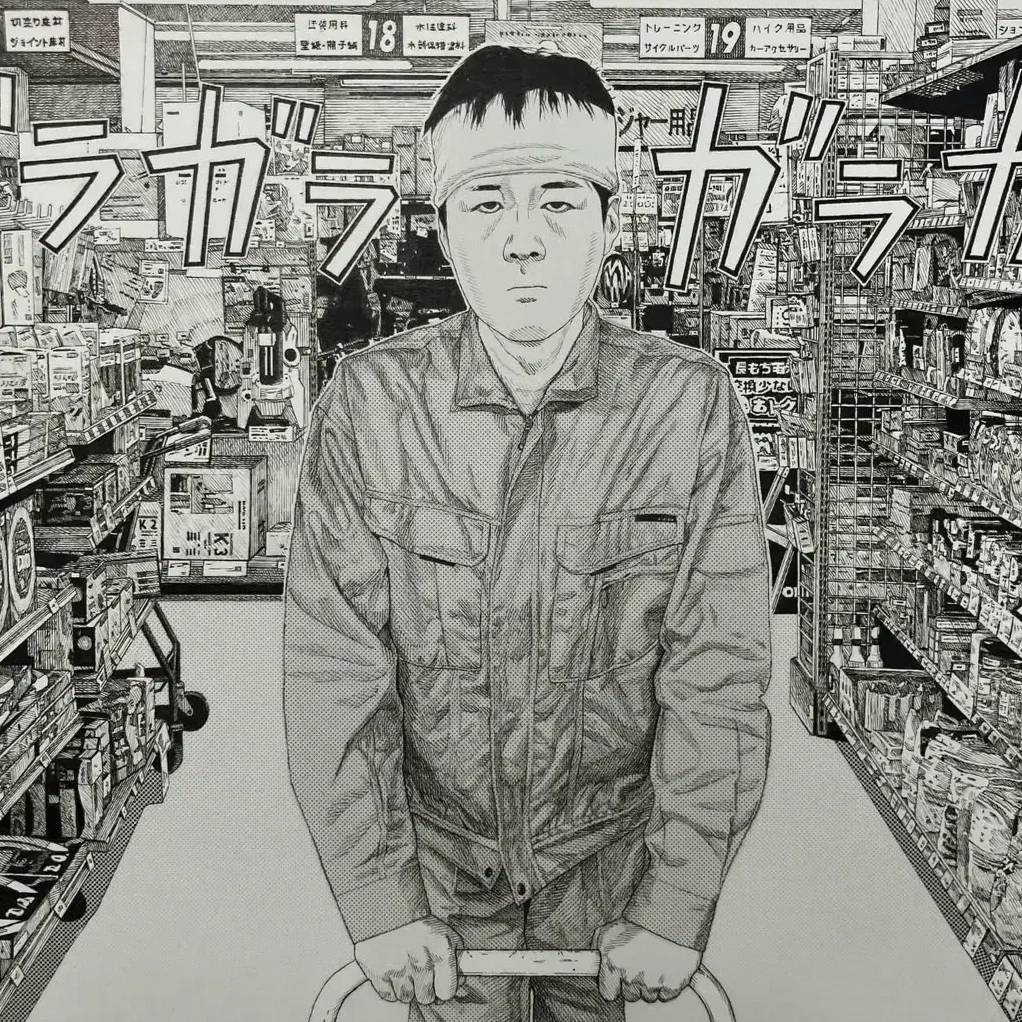
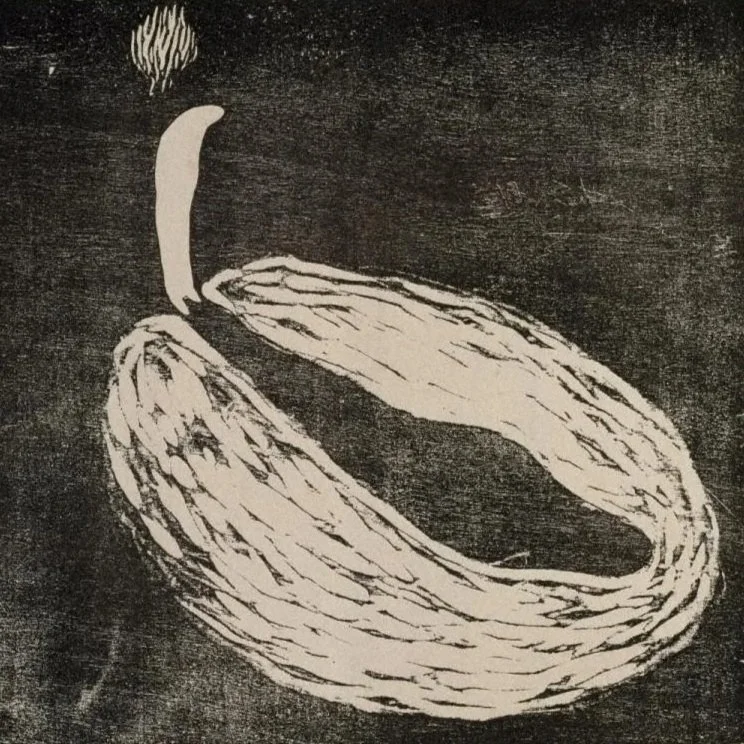

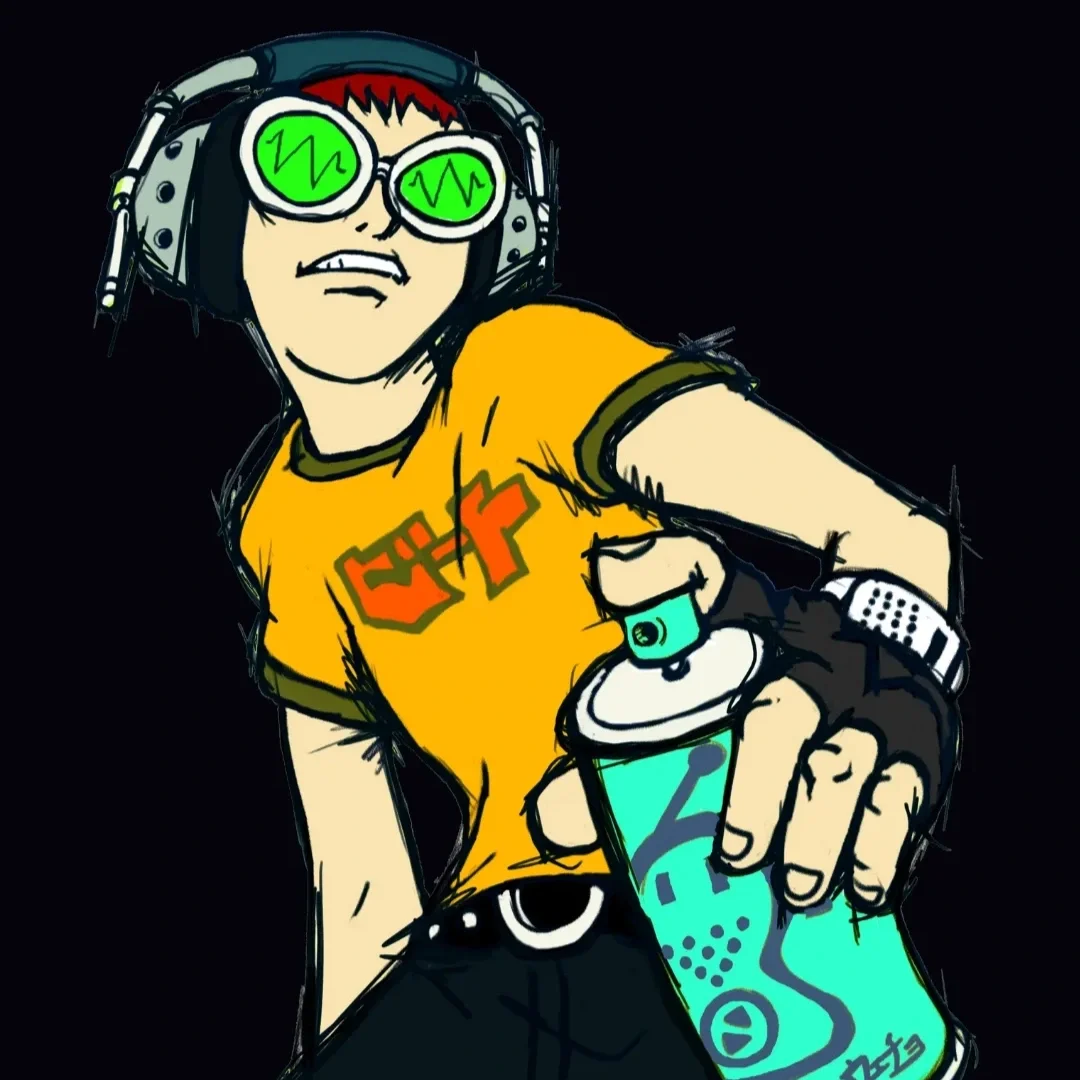
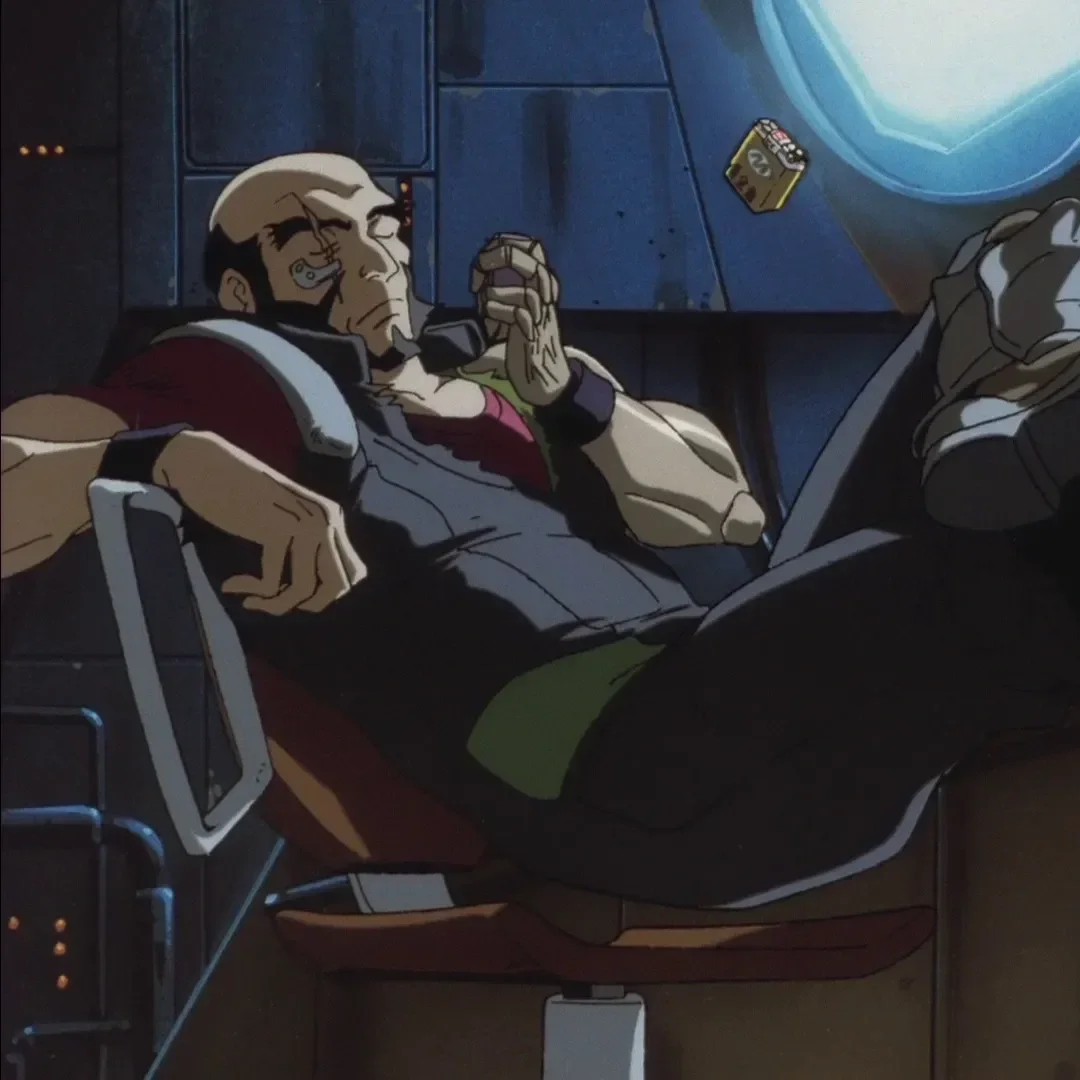
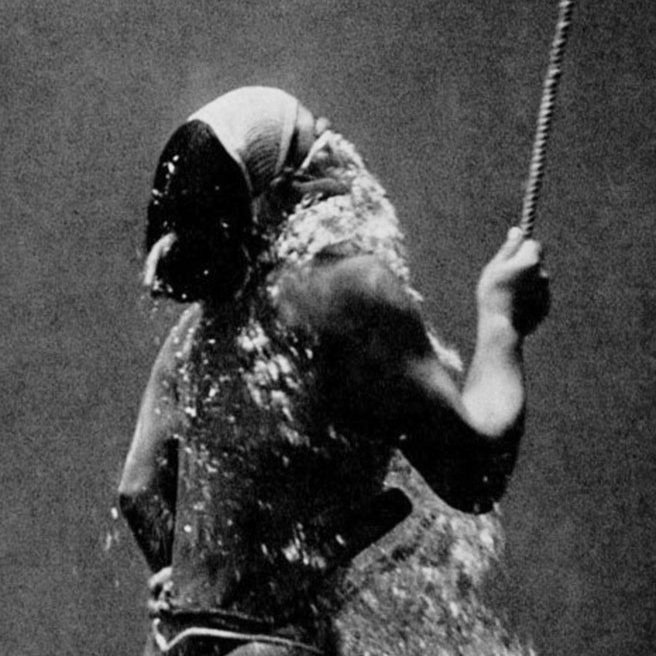
When legendary anime creators combined forces to craft a stunning masterpiece.